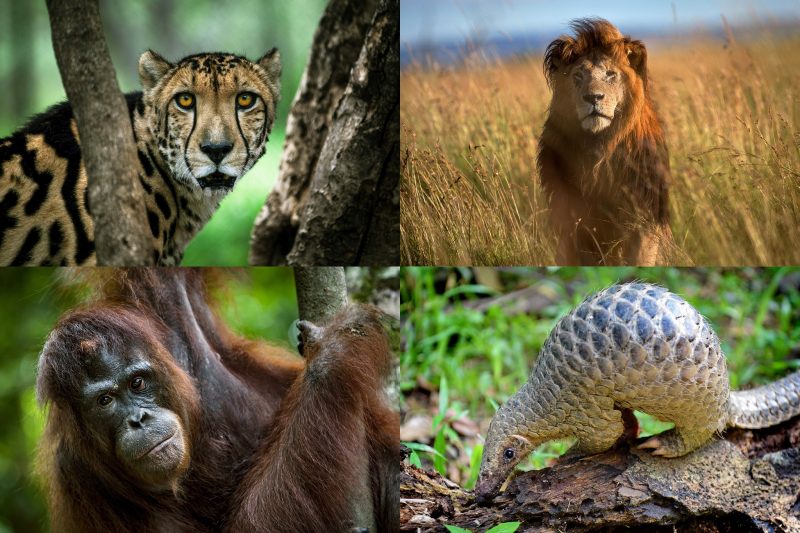
By Tatiana Schlossberg for The New York Times July 11, 2017
From the common barn swallow to the exotic giraffe, thousands of animal species are in precipitous decline, a sign that an irreversible era of mass extinction is underway, new research finds.
The study, published Monday in the Proceedings of the National Academy of Sciences, calls the current decline in animal populations a “global epidemic” and part of the “ongoing sixth mass extinction” caused in large measure by human destruction of animal habitats. The previous five extinctions were caused by natural phenomena.
Gerardo Ceballos, a researcher at the Universidad Nacional Autónoma de México in Mexico City, acknowledged that the study is written in unusually alarming tones for an academic research paper. “It wouldn’t be ethical right now not to speak in this strong language to call attention to the severity of the problem,” he said.
Dr. Ceballos emphasized that he and his co-authors, Paul R. Ehrlich and Rodolfo Dirzo, both professors at Stanford University, are not alarmists, but are using scientific data to back up their assertions that significant population decline and possible mass extinction of species all over the world may be imminent, and that both have been underestimated by many other scientists.
The study’s authors looked at reductions in a species’ range — a result of factors like habitat degradation, pollution and climate change, among others — and extrapolated from that how many populations have been lost or are in decline, a method that they said is used by the International Union for Conservation of Nature.